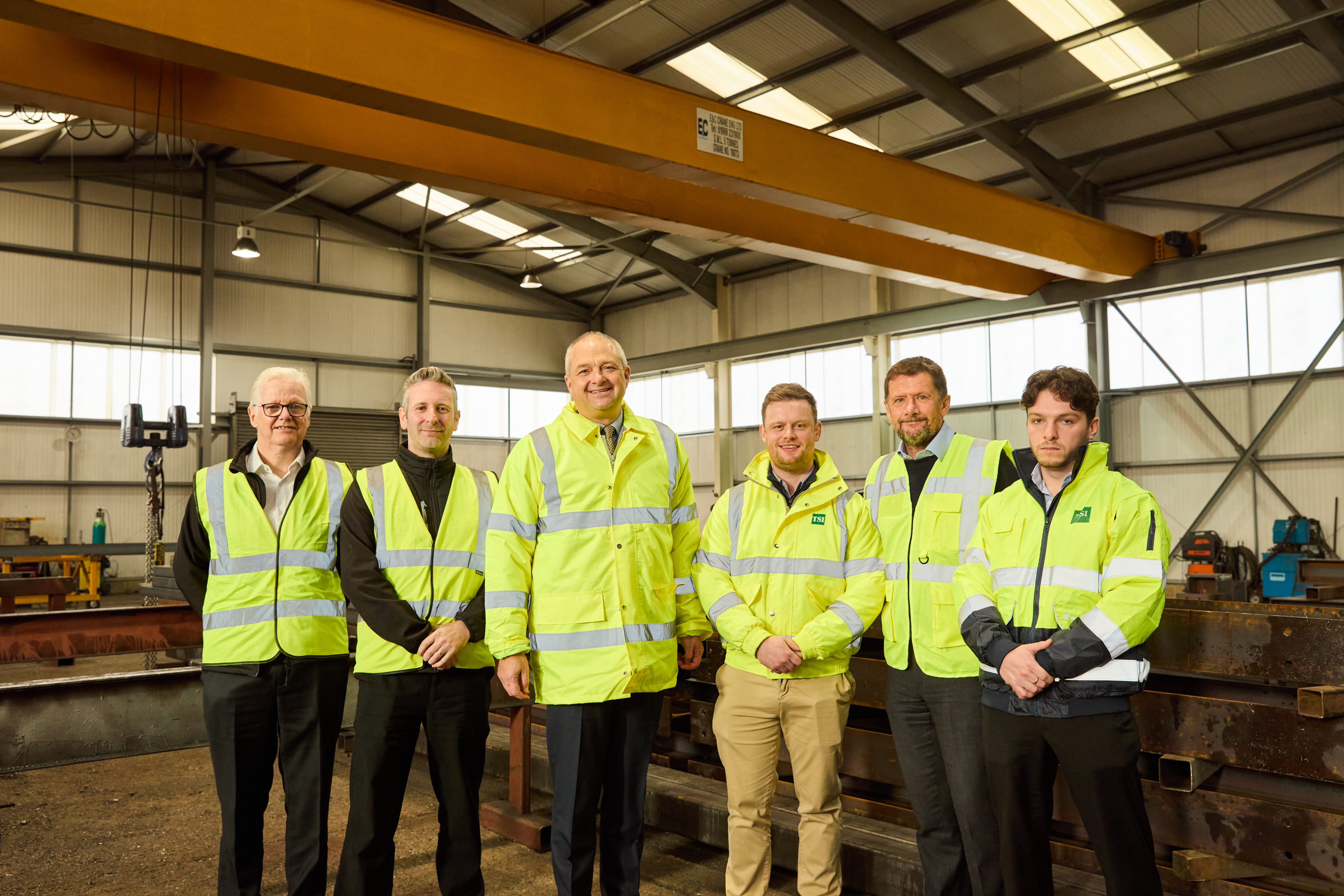
BCSA News and Insights
President's Column January 2025
03/01/2025
Category: President's Column
Global carbon emissions
In an article published in September of 2024, the CEO of Responsible Steel, Annie Heaton, reminded us that if steel production was the equivalent of a country, we would be the fourth largest emitter of CO2 on the planet. In order to help tackle this astonishing fact, the UK transition from BOF to EAF steelmaking is now well underway and, once completed, will reduce the UK’s CO2 emissions from steel production by around 85%.
This is very commendable on our part, but in comparison to global emissions, the UK is merely a drop in the ocean, and unfortunately the world’s leading steel producers are currently in danger of increasing, rather than decreasing, global emissions by 2035.
There are currently 59 different countries operating traditional fossil-fuel run blast furnaces, so this is clearly a worldwide challenge that requires a combined worldwide solution.
Encouragingly (at the time of going to press) many countries, including the USA and those in central Europe, have already committed to achieving the agreed global climate targets, so we are clearly heading in the right direction. But even if we managed to convince others to follow and were somehow able to remove the lower 57 counties from the list of 59, we would still be left with a situation that seems extremely difficult to resolve.
370 of the 518 blast furnaces currently in operation around the world are located in just two countries and are producing a combined 71% of the 1.8 billion tonnes of the world’s total steel output. Sadly, there are no realistically viable plans in either country to transition to a more sustainable production method.
In China, where almost all of the 1 billion tonnes of steel produced every year is generated from traditional blast furnaces, despite the global push for a transition to greener steel production, any maintenance or expansion project currently involves the building and commissioning of replacement blast furnaces, of which there are already more than 300 located across the country.
Despite a recent downturn in the domestic market, China is still maintaining high volumes of steel production and is now targeting an increase in exports, albeit against an intensification of regional protectionism and potential tariffs. Unfortunately, at present, there is no indication of any change in strategy from the world’s leading steel producer.
In India’s north-eastern industrial region, steel production will soon be increased by the opening of one of the largest blast oxygen furnaces in the world. This new furnace will sit alongside an existing blast furnace and together they will release far more carbon emissions than are being removed by the total planned UK transition from BOF to EAF steel production.
While India’s largest steel companies have set ambitious targets for reducing emissions by 2030, these targets will still be above the global averages, and the lack of real drive towards a reduction in current emissions is supported by the fact that in November of 2024, the country increased iron ore imports to a 6-year high of 1.2 million tonnes.
We all understand that there isn’t yet sufficient scrap steel available to support a speedier transition from BOF to EAF, but without a plan and a solid commitment from all 59 countries, it would seem very unlikely that the steel industry’s position on the emissions table will change anytime soon.
At least the UK can be proud of the small part we are playing, so let’s all ensure that we support our UK and European suppliers during the transition phase.
Gary Simmons, BCSA President

Previous article
19/12/2024

Local MP visits prominent Norfolk steelwork firm to discuss industry challenges and opportunities
Jerome Mayhew, the MP for Broadland and Fakenham, recently visited TSI Structures, a leading constructional steelwork specialist, to engage with industry leaders and address critical issues facing the sector.
Next article
21/01/2025

A warm welcome to our new BCSA RQSC for Buildings Member – Embrace Steel Group
Embrace Steel Group has as strong team of industry experts in Steel Frame Building Design & Manufacturing. This has been made possible through the acquisition of two well established and respected steel fabrication companies.


